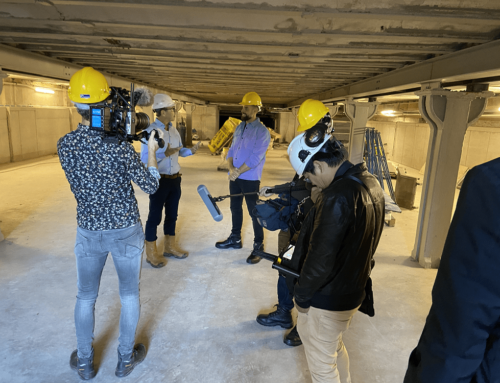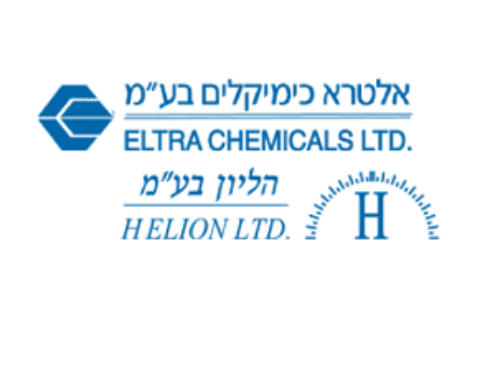Green Basilisk Healing Agent can make a positive contribution to reducing the environmental impact of concrete in several ways. One such a way is to compensate for the partially lost autogenous healing capacity of lower clinker cements and provide enhanced self-healing properties. CEM I cement with a high clinker percentage is still widely used all over the world. The production of clinker is responsible for large amounts of CO2 emissions. Reduction in clinker can be a big gain for lowering the amount of greenhouse gas emissions. In these cases we advise to switch to a CEM IIIA cement and to compensate for the lost autogenous healing of the concrete with Healing Agent.
To illustrate this, we have created a landing page that shows a project, which is currently in preparation, of a river lock in Great Britain. The concrete mix design is changed to a mix with a high amount of clinker cement replacement and provided with Basilisk Healing Agent in order to offer the concrete self-healing properties. This reduces the CO2 emissions during the production of the concrete by 25%.
This reduction is calculated using our new tool. This calculation tool only needs the amount of concrete to give an indication of what the environmental savings will be when switching from 100% clinker binder to a binder with 50% of clinker replacement and Healing Agent.
Via this link you can view the study case yourself and get started with the tool: To River lock Study case








